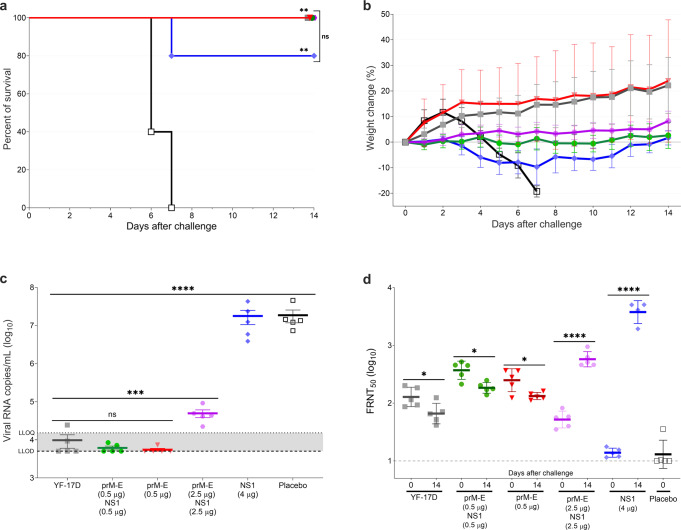Fig. 2. Passive transfer of immune sera protects from lethal YFV challenge in mice.
Three- to four-week-old A129 mice (n = 5) received sera from vaccinated groups: one dose of one-tenth of the human dose of YF-17D vaccine (close square; gray) or bivalent YF prM-E and NS1 mRNA-LNPs (2.5 µg each) (hexagon; violet), two doses of 0.5 µg of YF prM-E mRNA-LNP (inverted triangle; red), bivalent YF prM-E and NS1 mRNA-LNPs (0.5 µg each) (circle; green), 4 µg of YF NS1 mRNA-LNP (diamond; blue), or placebo group (open square; black). Sixteen hours later, mice were bled and infected IP with 1 × 105 PFU of YFV Asibi strain. Panel a shows the survival curve for all groups up to 14 days after the lethal challenge. Panel b shows the percentage of the body weight change (±SD) of the animals over a period of 14 days post challenge. c Serum viral load (±SEM) measured 6 days after challenge by qRT-PCR. Panel d shows the neutralizing antibody titers measured by FRNT50 (GMT ± GSD). Dashed line shows the lower limit of detection (LLOD), and dotted line shows the lower limit of quantification (LLOQ), *p < 0.05, **p < 0.01, ***p < 0.001, ****p < 0.0001, ns = not significant. The significance of the survival rates was assessed by Log-rank test, one-way ANOVA followed by Dunnett’s multiple comparisons test or two-way ANOVA followed by Šidák’s multiple comparisons test was performed using GraphPad Prism for serum viral load and neutralizing antibody titers, respectively. These tests were performed after the data was log-transformed and assessed for normality using a Q–Q plot.

